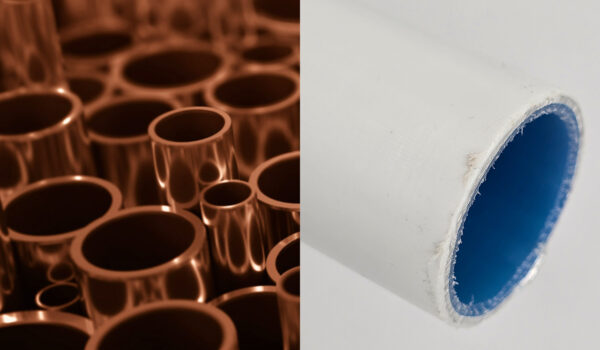Despite a challenging 2020 with far-reaching consequences from COVID-19, the future looks bright for the copper industry.
Buoyed by the optimism of a green revolution in the post pandemic era, governments around the world are expected to unveil extensive stimulus packages to support recovery through sustainable investment, construction and infrastructure.
There’s hope of recovery to the construction industry, which accounts for around 36% of demand for copper. In the UK, the construction sector saw a sustained rebound in December as projects delayed from earlier in 2020 safely pressed ahead amidst continued COVID-19 guidelines.
Meanwhile the US election result has caused further potential for the copper industry. The new Biden administration pledge to spend around $2 trillion during its first term to improve infrastructure, reduce emissions, introduce green public transport and create clean energy jobs.
Green Tech Innovations
Copper will also benefit from forthcoming green tech innovation and infrastructure spending (infrastructure currently being the second largest industry for the metal), particularly with the global emergence of electric vehicles (EVs).
With ambitious international targets to phase out the sale of combustion engines, copper will be essential in electrifying the world’s transport.
Analysts estimate that a typical battery for an electric vehicle contains approximately 83 KG of copper, compared to just 23 KG in a typical internal-combustion vehicle; copper is also used to power EV charging infrastructure.
Sustainable Future
This optimism on copper’s place in a more sustainable future was outlined by Lawton Tubes managing director Oliver Lawton, who said:
“The fact that copper tube is 100% infinitely recyclable makes it a great choice for the future. Despite there being challenges in the short-term, I believe we are in a unique position to look towards a future where sustainability is going to play a big part in a lot of industries and copper will help make that possible.
“Health and the environment will remain high priorities in for years to come and support the growth of the copper industry.”
Down-Stream Uses
Looking back at 2020, which saw the worldwide pandemic cause a slowdown of demand for copper products across various industries Mark Millerchip, Managing Director of copper tube manufacturer Mueller Europe, said:
“The coronavirus pandemic has created a rather complex but mixed picture for the copper industry; in some ways we have fared better than a lot of other sectors, but we haven’t been immune either.
“Copper has a lot of down-stream uses that span across a variety of sectors and industries so there will inevitably be winners and losers as we emerge from this crisis.”
Outlook Linked to Industries
The outlook for copper will heavily depend on the industries it supplies.
For example, tech industries – which use copper in computers and digital devices – will likely thrive as the dynamic of working from home is likely to change forever. On the other hand, the automotive industry has seen some of the lowest levels of new car sales in decades because people are travelling less.
Meanwhile other sectors have found new applications for the material, so while construction has slowed there has been an increase in copper tube demand, in part as a direct result of the changing needs of hospitals.
The construction of the Nightingale hospitals resulted in a tenfold increase in the demand for medical copper because of its unique anti-microbial properties and it being the key material used to connect ventilators.
While there will be future challenges thanks to the continued uncertainty of the long-term effects of Coronavirus on industries, the versatility and varied use cases of copper ensures the metal will see continued demand in the future.
Learn more about the uses of copper below.

